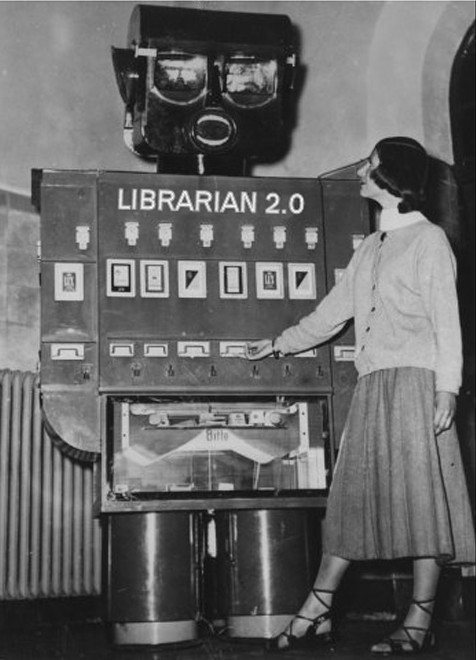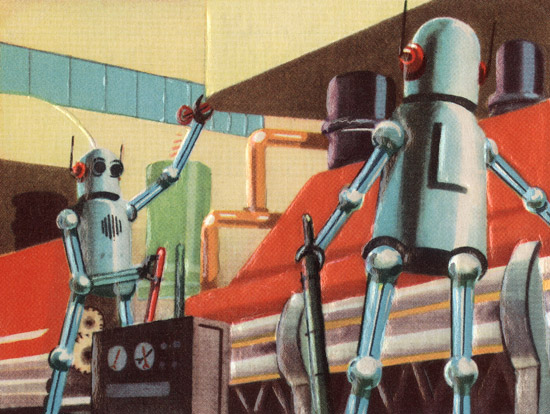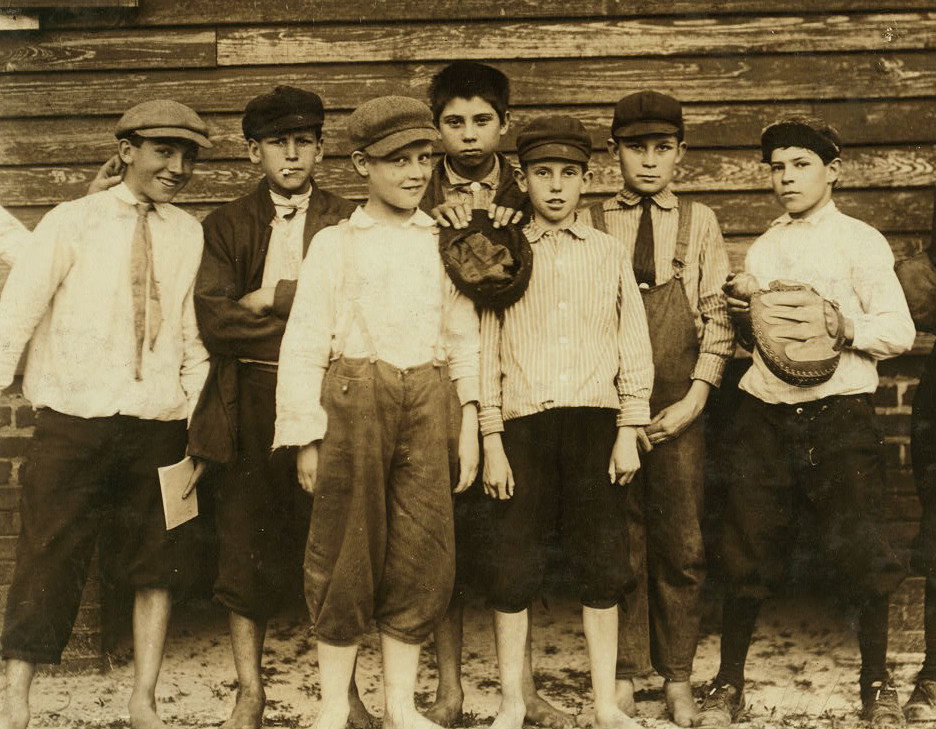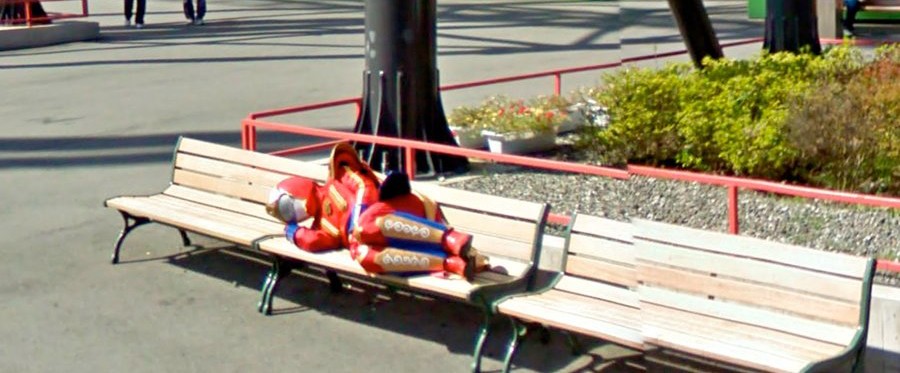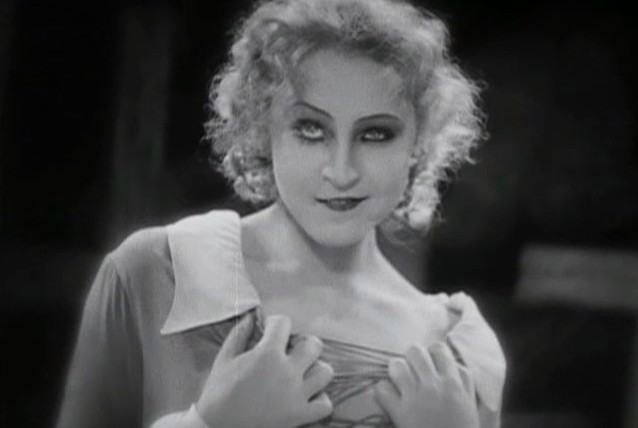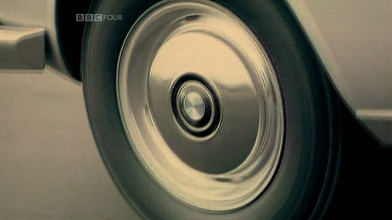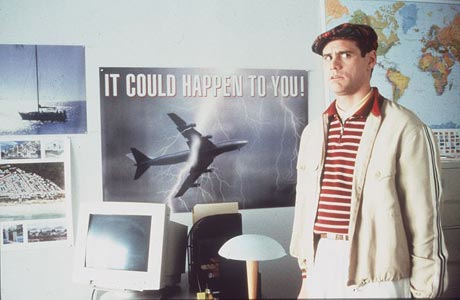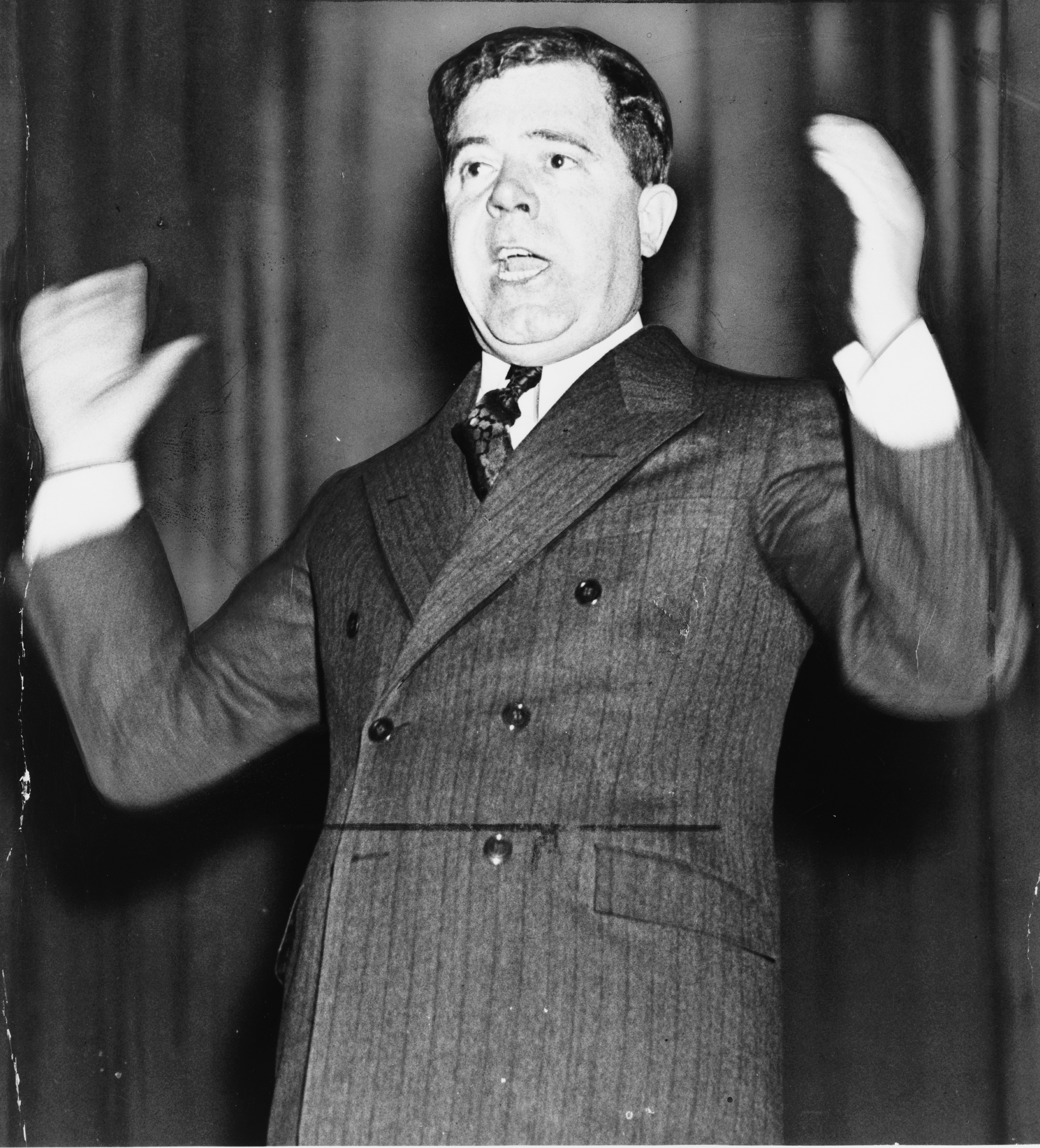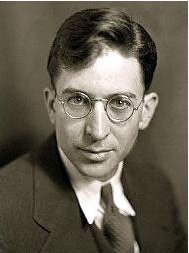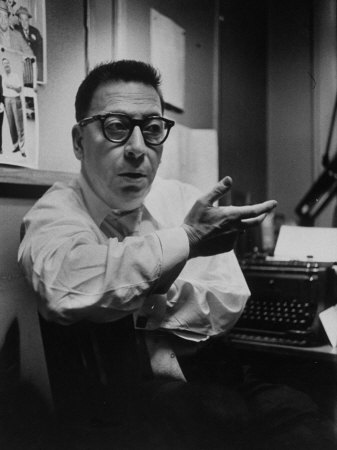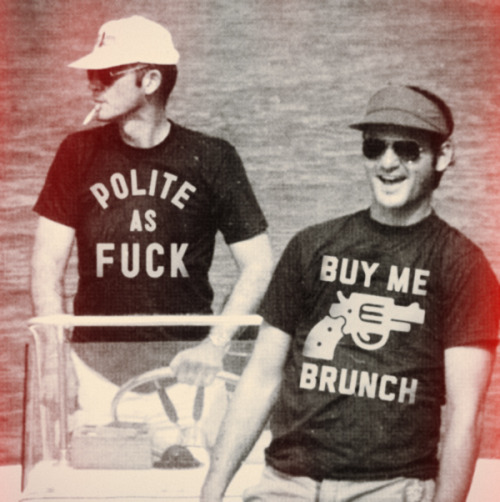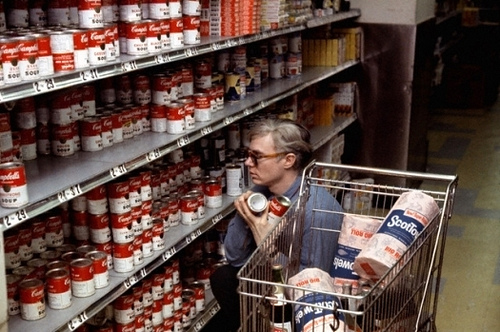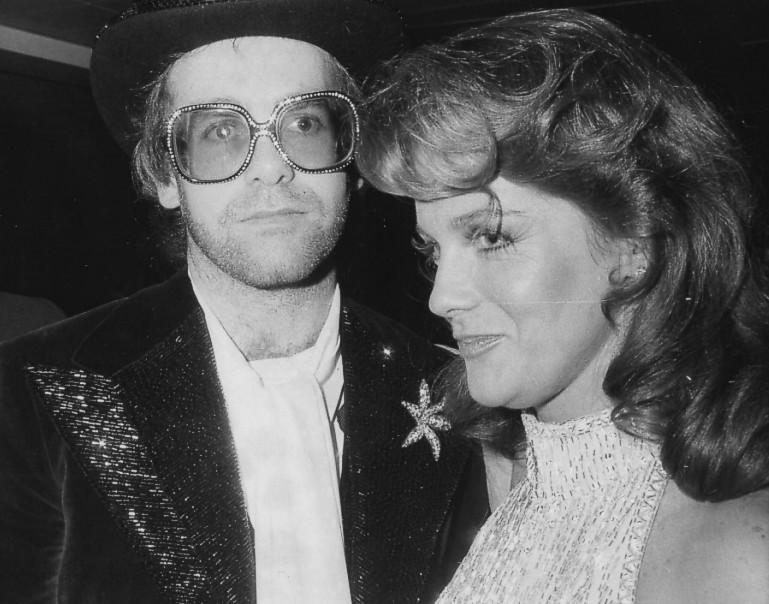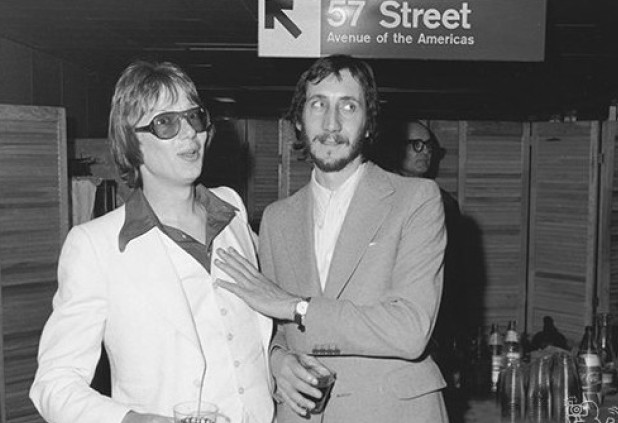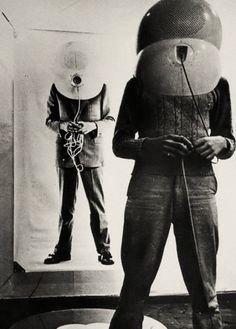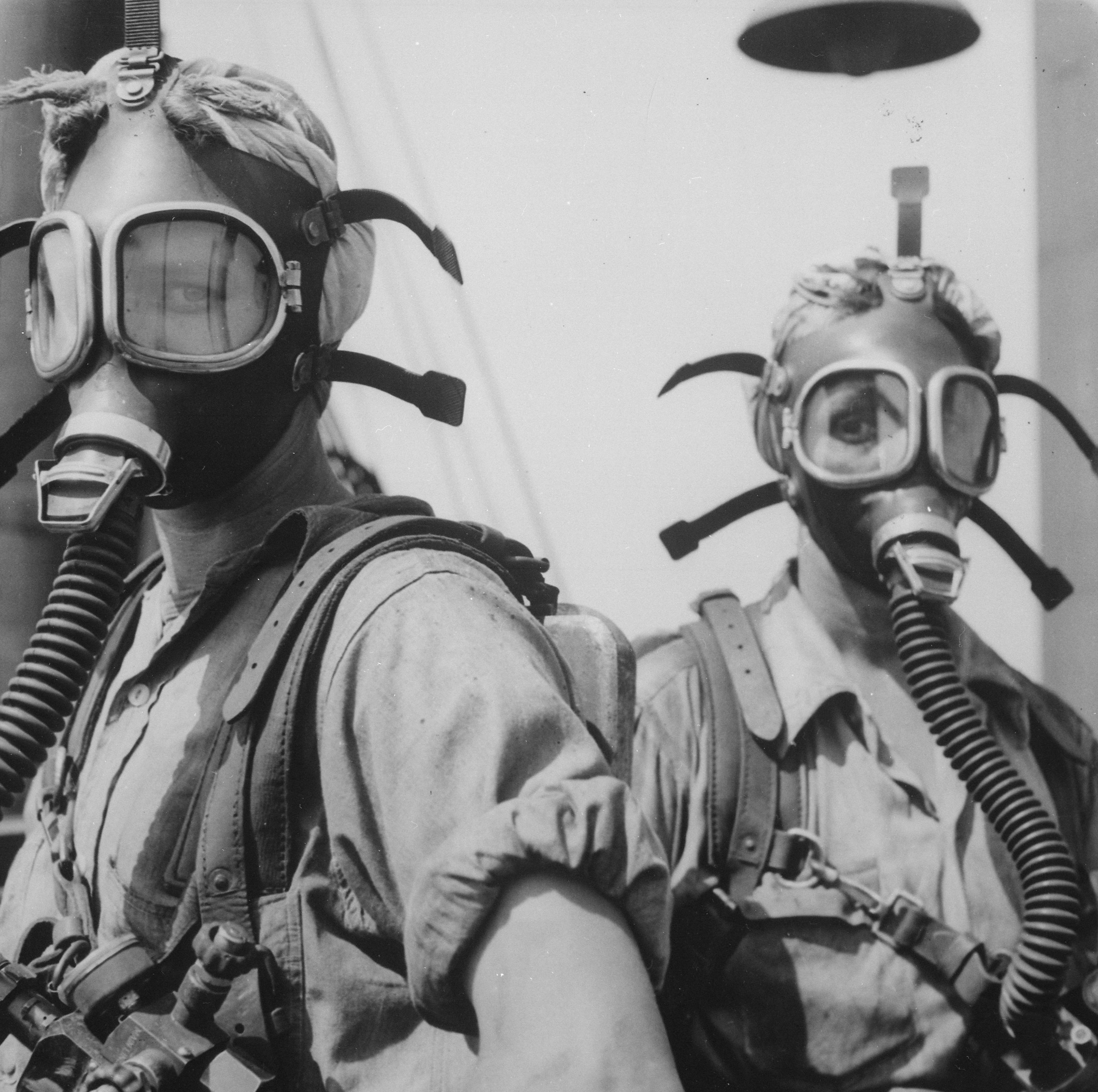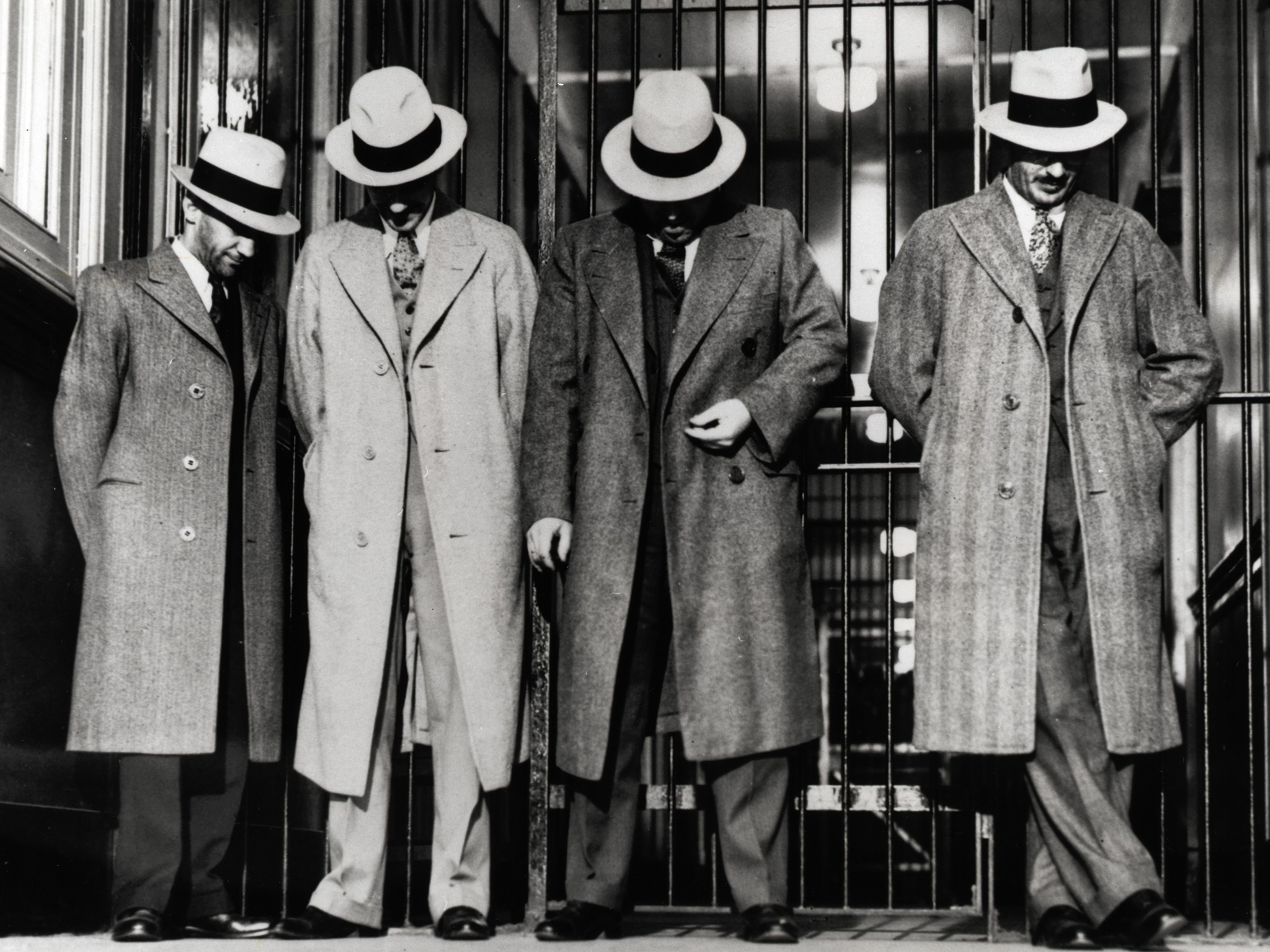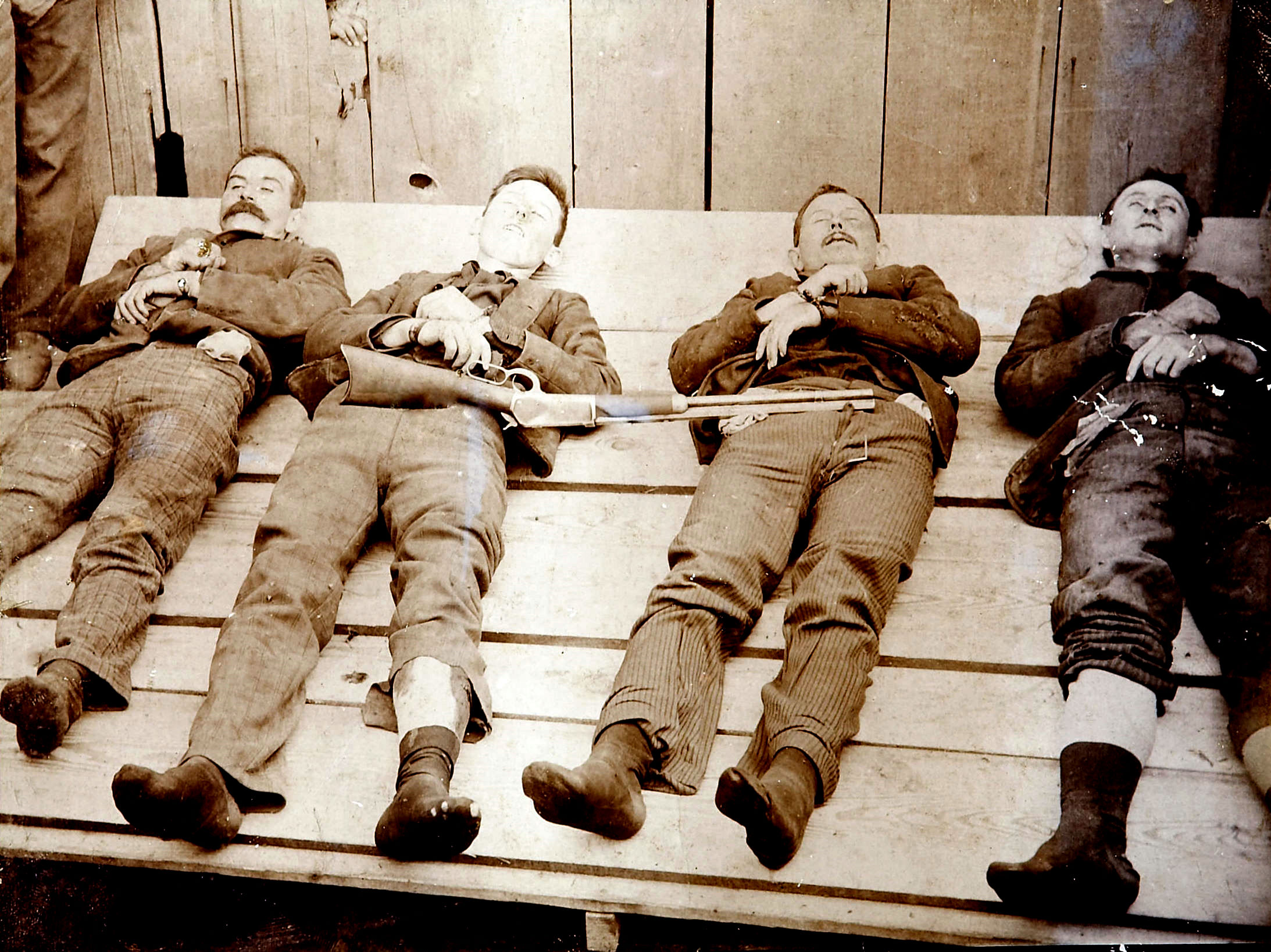In his NYRB piece “What Libraries Can (Still) Do” James Gleick takes a hopeful view of a foundering institution, seeing a 2.0 life for those formerly vaunted knowledge centers, once-liberating forces now chiefly a collection of dusty rooms offering short blocks of free computer-terminal time to those lacking a wi-fi connection. I wish I could share his cautious optimism, but the inefficiency inherent in a library search seems a deal breaker in this age.
Gleick references John Palfrey’s manifesto BiblioTech (which he probably didn’t borrow from a library) in urging these erstwhile knowledge storehouses to become stewards and curators rather than trying to be exhaustive collections. That sounds right, but Palfrey’s assertion that “our attention cannot be bought and sold in a library” is a truth that ignores a bigger truth: That’s the very thing our transactional souls seem to want. We’ll sell our attention–our privacy, even–if the return is something that flatters or conveniences us.
From Gleick:
Is the library, storehouse and lender of books, as anachronistic as the record store, the telephone booth, and the Playboy centerfold? Perversely, the most popular service at some libraries has become free Internet access. People wait in line for terminals that will let them play solitaire and Minecraft, and librarians provide coffee. Other patrons stay in their cars outside just to use the Wi-Fi. No one can be happy with a situation that reduces the library to a Starbucks wannabe.
Perhaps worst of all: the “bookless library” is now a thing. You can look it up in Wikipedia.
I’m an optimist. I think the pessimists and the worriers—and this includes some librarians—are taking their eyes off the ball. The library has no future as yet another Internet node, but neither will it relax into retirement as an antiquarian warehouse. Until our digital souls depart our bodies for good and float away into the cloud, we retain part citizenship in the physical world, where we still need books, microfilm, diaries and letters, maps and manuscripts, and the experts who know how to find, organize, and share them.
In the midst of an information explosion, librarians are still the most versatile information specialists we have. And the purest. In his new book, BiblioTech, a wise and passionate manifesto, John Palfrey reminds us that the library is the last free space for the gathering and sharing of knowledge: “Our attention cannot be bought and sold in a library.” As a tradition barely a century and a half old in the United States, it gives physical form to the principle that public access to knowledge is the foundation of democracy.•

